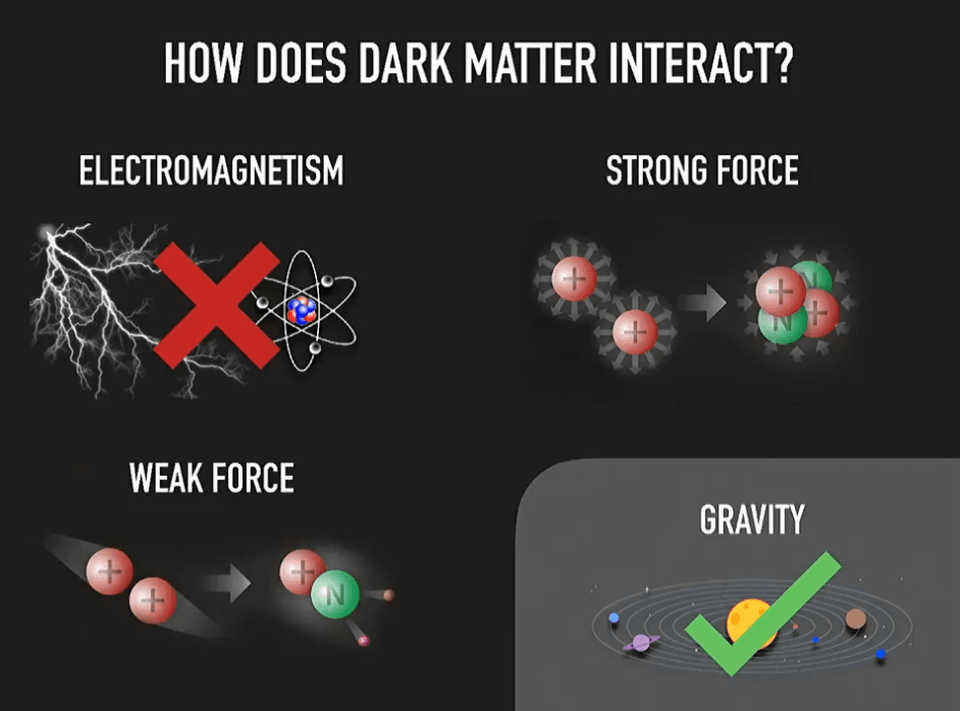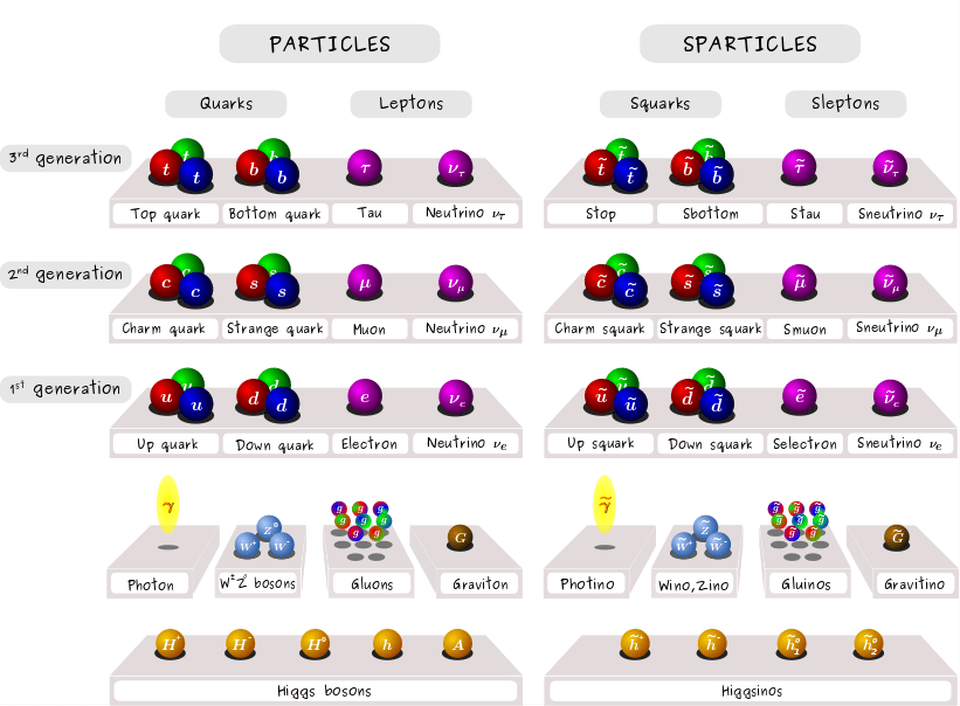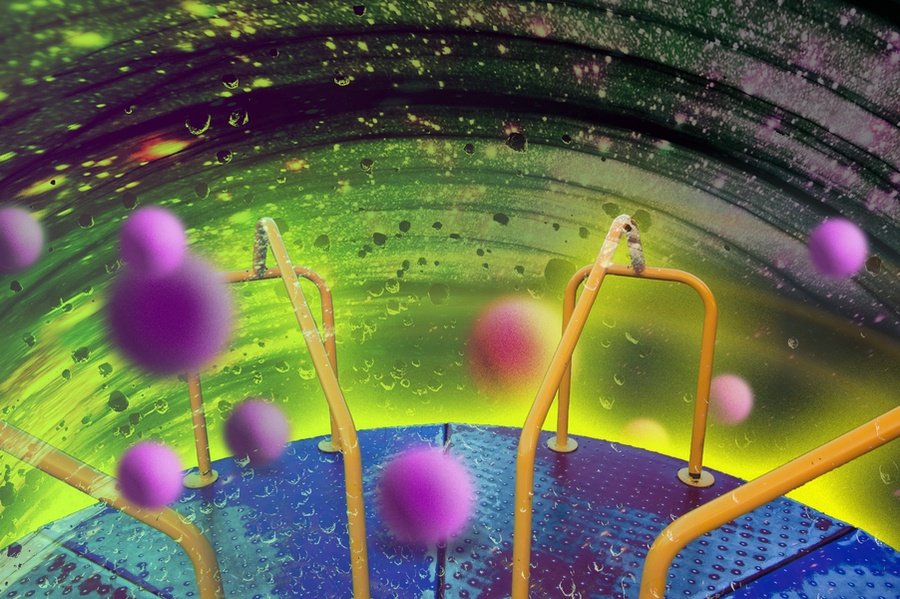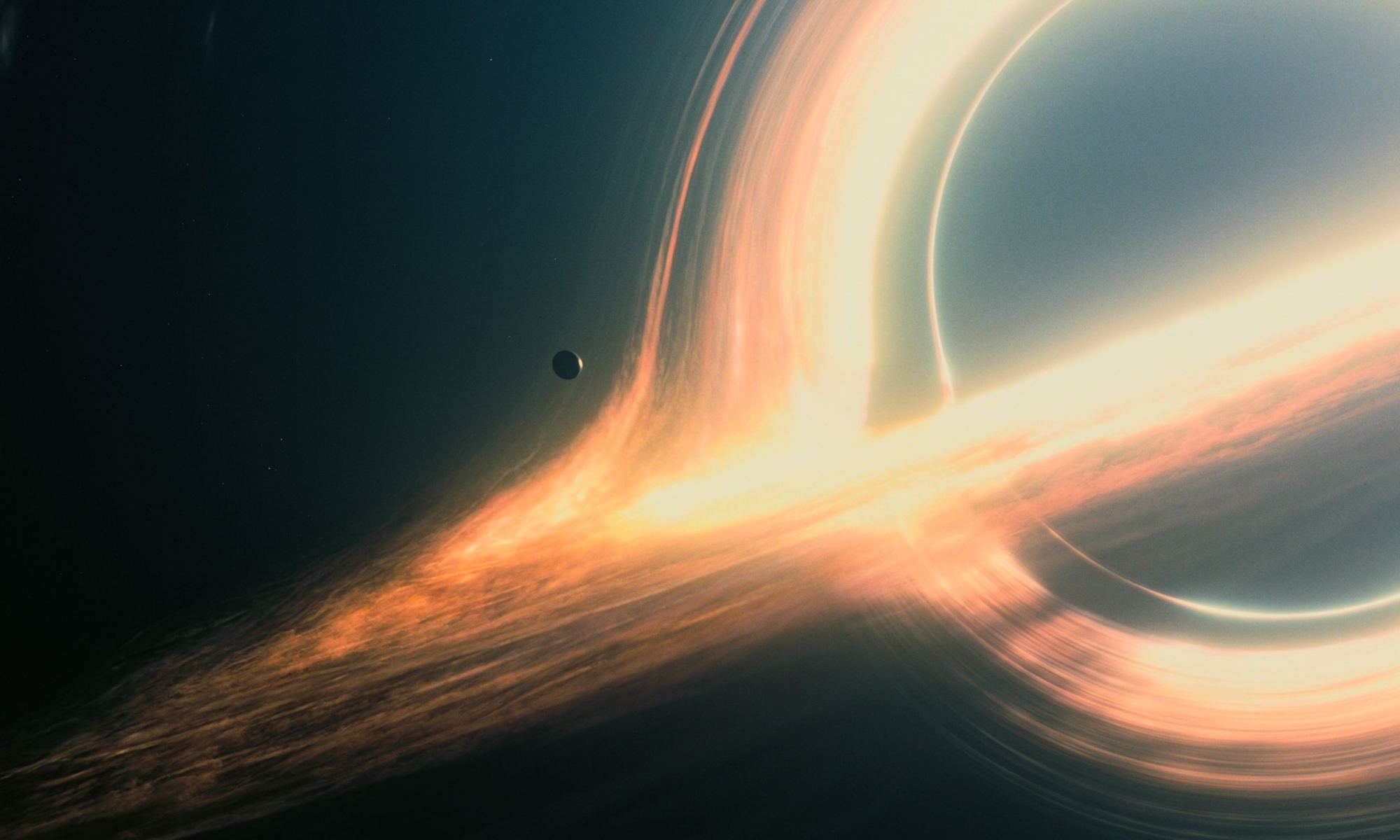Dark matter continues to resist our best efforts to pin it down. While dark matter remains a dominant theory of cosmology, and there is lots of evidence to support a universe filled with cold dark matter, every search for dark matter particles yields nothing. A new study continues that tradition, ruling out a range of dark matter candidates.

If dark matter particles exist, we know they can’t interact strongly with light. They must interact gravitationally, and they might interact via the strong and weak nuclear forces as well. We also know they can’t be highly massive particles. If they were, they’d decay over time into lighter particles, and we see little evidence of this. This leaves three broad candidates: small black holes, sterile neutrinos, or some type of light boson. This latest work focuses on the third option.

Known elementary particles of matter can be placed in one of two categories: fermions and bosons. So, electrons, quarks, and neutrinos are fermions, while photons and gluons are bosons. Within the standard model of particle physics, there are no bosons that would fit the bill for dark matter. But some alternative models predict particles that could be dark matter. Supersymmetry models, for example, predict that every known fermion must have a corresponding boson and vice versa. Thus, the electron would have a counterpart boson known as the selectron, the photon would have a counterpart fermion known as the photino, and so forth. Another possibility are axions, which were proposed in 1977 to address subtle aspects of how quarks interact.
Both axions and supersymmetry particles could be low-mass bosons and would satisfy the needs of dark matter. But if either exists, they haven’t been found thus far. Still, these light bosons would interact with regular matter gravitationally, hence this latest study.

If dark matter is made of light bosons, then these particles would be spread across the universe, including near black holes. A black hole would gravitationally capture nearby bosons, thus increasing its mass. If a black hole is rotating, the capture of dark matter particles would also tend to slow down its rotation. You can imagine children at a playground that has a merry-go-round. If children jump onto the merry-go-round as it is spinning, the merry-go-round will slow down slightly because of the added mass. The same would be true for black holes.
In other words, dark matter bosons would limit the rate that black holes rotate. The team realized that heavier bosons would limit black holes more, and lighter bosons would constrain them less. So they looked at the LIGO and Virgo data of black hole mergers, which tells us the rotation rate of black holes before they merge. It turns out that some of these black holes rotated so quickly that it rules out the existence of ultra-light dark matter bosons. Based on this study, dark matter can’t be axions or light supersymmetry particles.
So once again, a search for dark matter has shown us not what dark matter is, but what it isn’t. It’s extremely frustrating, and potentially exciting because we are quickly running out of options for dark matter.
Reference: Ng, Ken KY, et al. “Constraints on Ultralight Scalar Bosons within Black Hole Spin Measurements from the LIGO-Virgo GWTC-2.” Physical Review Letters 126.15 (2021): 151102.


Too bad th eresonance method had so narrow exclusions.
But I’m on the “potentially exciting” side on this.
Natural supersymmetric particles should have emerged in LHC and electron sphericity experiments are also a problem for supersymmetry.
Black holes have nostly been excluded as well I think: “… Figure 1 implies that PBHs are excluded from having an appreciable density in almost every mass range.” [ https://www.annualreviews.org/doi/full/10.1146/annurev-nucl-050520-125911 ].
Between axions and sterile neutrinos, the latter may be easier to have.
“Wilczek and Zee and I independently did a catalog of the leading terms of this type. Some of them—those involving baryon number non-conservation—give you corrections of O((E/M)^2). They have not been yet been discovered experimentally. But there are other terms that produce corrections of O(E/M) that violate lepton conservation, and they apparently have been discovered, in the form of neutrino masses.” [“On the development of effective field theory”, Weinberg.]